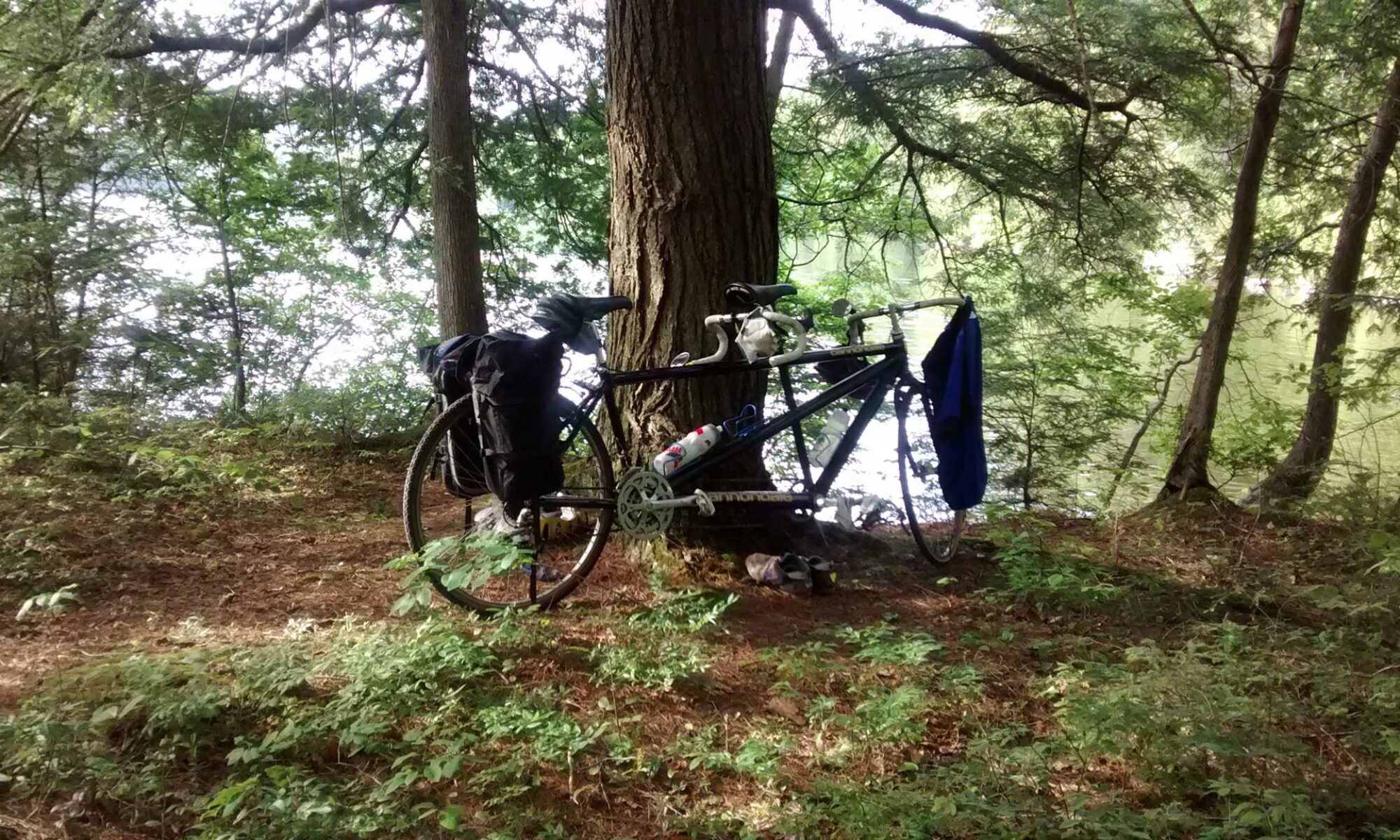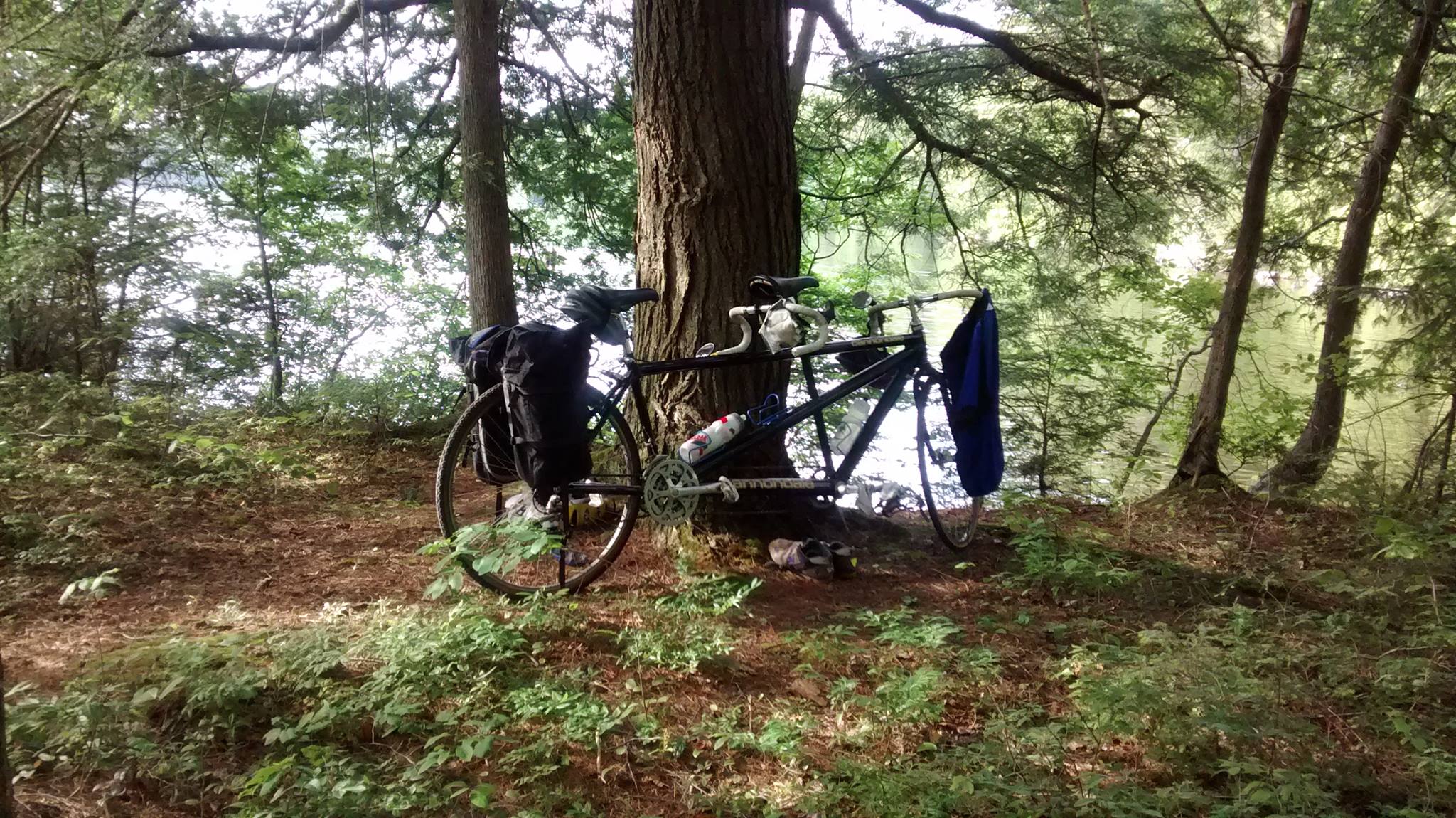One thing you’d better learn quickly when riding a tandem: how to work as a team. A *lot* of communication is required. Generally, the person in back (the stoker) has no idea what’s coming, so it’s inherent on the person in front to warn about things like bumps in the road (so the stoker can stand up). By the same token, the person in front (the captain) has a hard time hearing any cars approaching from behind, so it’s up to the stoker to provide warnings, and to act as a flag-man for the cars, when riding through blind turns.
One of the things I like about Metis is the teamwork approach – which appears in multiple guises: the teachers, working in tandem to keep a disparate group of learners nominally in synch; the formal “pair programming” in which we students team up with each other to work on a problem, jointly; and the informal atmosphere of helping one another out with questions.
Learning so much in so little time can feel a lot like riding through a series of blind turns with traffic approaching from both directions. It’s nice to have a team of people to work with while navigating through it all.
So far, for me, Metis has been a great program. I feel so unbelievably lucky to have this opportunity!

